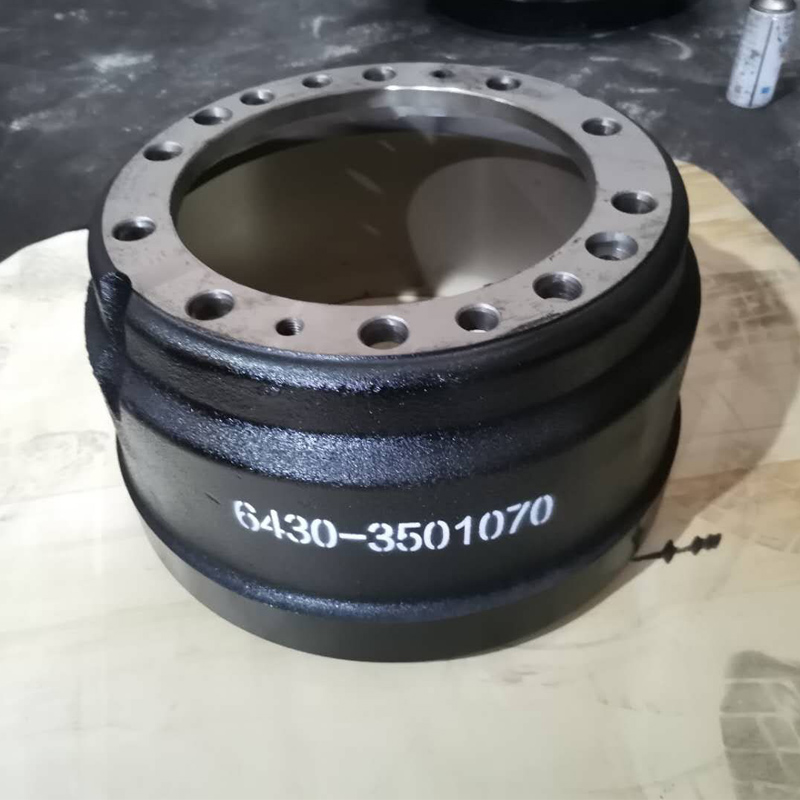Nov . 28, 2024 07:02 Back to list
Guidelines for Accurately Measuring Brake Drums for Effective Vehicle Maintenance
How to Measure Brake Drums A Comprehensive Guide
Brake drums are a crucial component of the braking system in many vehicles, particularly those with drum brake setups. Proper measurement of brake drums is essential for ensuring that they function effectively and safely. This guide will walk you through the process of measuring brake drums, including the tools you'll need and the steps to follow.
Tools Required
Before you begin, gather the necessary tools
1. Vernier Caliper This is the most accurate tool for measuring the diameter of brake drums. 2. Steel Ruler or Tape Measure Useful for general measurements and checking flat surfaces. 3. Inside Micrometer or Gauge If you need to measure the inside diameter of the drum accurately. 4. Brake Drum Measuring Tool Specifically designed for measuring drum dimensions, providing precision and ease of use.
Step-by-Step Measurement Process
Step 1 Remove the Wheel and Brake Assembly To begin measuring the brake drum, you must first safely remove the wheel and brake assembly. This typically involves
- Lifting the vehicle using a jack and securing it on jack stands. - Removing the wheel nuts and taking off the wheel. - If necessary, removing the brake drum, which may require you to release the brake shoes if they are holding onto the drum.
how to measure brake drums

Step 2 Inspect the Brake Drum Before measuring, inspect the brake drum for any visible signs of wear, scoring, or cracks. It's essential to ensure that the drum is free of dirt or debris as this can affect measurements.
Step 3 Measure the Outside Diameter Using a vernier caliper, measure the outer diameter of the brake drum. Place the caliper’s jaws around the drum's edge and take a reading. It's best to measure in multiple locations around the drum to ensure it is not warped. Record the smallest and largest measurements to determine if there are any inconsistencies.
Step 4 Measure the Inside Diameter To measure the inside diameter, you can use a dial caliper or an inside micrometer. Insert the tool into the drum and expand it until it gently touches the inner surface. Take readings at several points around the drum to account for any wear. Note that drum brakes can become tapered over time, so it's crucial to measure in several spots both horizontally and vertically.
Step 5 Check for Drum Thickness Measure the thickness of the drum using the brake drum measuring tool or a micrometer. This is important because there are minimum thickness specifications for brake drums, and measuring ensures you don’t exceed this while resurfacing or replacing them. Again, measure in multiple locations to ensure an even reading.
Step 6 Inspect for Warping To check for warping, a simple run-out test can be performed. Using a dial indicator attached to the brake backing plate, rotate the drum and watch for any variations in the measurement. If the run-out exceeds manufacturer specifications, the drum will likely need to be replaced.
Step 7 Record Your Measurements Accurate record-keeping is essential. Write down all your measurements, including the outer diameter, inner diameter, thickness, and any observations regarding wear or warping. These records will be crucial if you need to consult a mechanic or decide to purchase new drums.
Conclusion
Measuring brake drums is a vital skill for ensuring vehicle safety and performance. Understanding how to measure them correctly will help you determine whether they are within tolerable limits or if replacement is necessary. Always refer to your vehicle’s service manual for specific measurements and guidelines. Additionally, if you're unsure about the condition of your brake components after measurement, consulting a professional mechanic is recommended to ensure safety on the road. Regular maintenance and inspection of your braking system will enhance your vehicle's longevity and safety – after all, brakes play a key role in road safety.
-
ROR Web Development: Build Fast, Scalable, Secure Apps
NewsAug.17,2025
-
Scania Brake Drums: OEM Quality for Optimal Safety & Durability
NewsAug.16,2025
-
R.V.I: Advanced Remote Visual Inspection for Precision
NewsAug.15,2025
-
Discover HYUNDA: Innovative Vehicles, Equipment & Solutions
NewsAug.14,2025
-
R.V.I: Unlock Advanced Insights & Real-time Performance
NewsAug.13,2025
-
Kamaz Brake Drum: Durable & Reliable for Heavy Duty Trucks
NewsAug.12,2025
